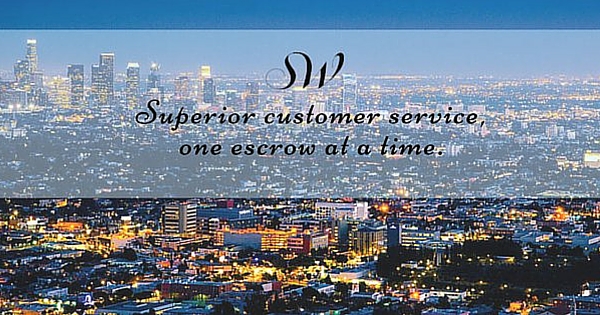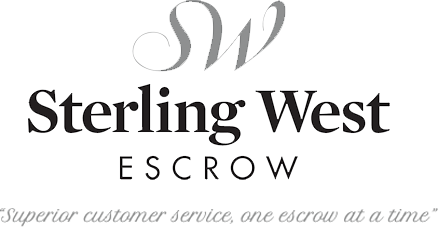PITI: What IS it?
 When looking to buy a house, many people take out a loan. It is uncommon for people to pay for houses up front, simply because today’s housing prices are so high. When you take out a loan from the bank in order to buy a house in Los Angeles, it is so you can pay the sticker price of the house. However, the price of a house is not the only cost associated with owning property. You pay these additional costs on a monthly basis, as well as interest on the loan you took out. In the real estate world, all of your monthly mortgage costs are commonly referred to as “PITI.” Many times, funding for your PITI payment is placed in an escrow account, which the bank withdraws money from each month. Below, we break down this acronym into simpler terms so that you can understand exactly what your real-estate agent or escrow agent is referring to when they use this acronym.
When looking to buy a house, many people take out a loan. It is uncommon for people to pay for houses up front, simply because today’s housing prices are so high. When you take out a loan from the bank in order to buy a house in Los Angeles, it is so you can pay the sticker price of the house. However, the price of a house is not the only cost associated with owning property. You pay these additional costs on a monthly basis, as well as interest on the loan you took out. In the real estate world, all of your monthly mortgage costs are commonly referred to as “PITI.” Many times, funding for your PITI payment is placed in an escrow account, which the bank withdraws money from each month. Below, we break down this acronym into simpler terms so that you can understand exactly what your real-estate agent or escrow agent is referring to when they use this acronym.
There are 4 parts to PITI:
-
Principal
Principal is the actual sum of money you borrowed in order to buy your house. So, if you bought a $500,000 house, and you put a down payment of $100,000 on it at the beginning, you likely took out a loan of $400,000. This is the principal. Your monthly principal cost is this lump sum broken up into smaller, regular payments. These payments typically start out very low, but as you get closer to paying off your mortgage (in most cases, after many years) the payments can increase. Basically, you can think of the principal as the giant check you borrowed from the bank to hand the seller of your home, and you pay the bank back for that check in increments every month.
-
Interest
The interest is money you pay in addition to the principal amount you borrowed from the bank. It is paid to the lender, not to the seller of the property you are purchasing. Put more simply, the bank will not loan a large lump sum of money such as $400,000 if they do not receive something out of the transaction. For example, say your interest rate is 3.92% annually. That means the cost of borrowing $400,000 over, say, 30 years, is $400,000 plus 3.92% of that $400,000, every year for 30 years. 3.92% of $400,000 is $15,680, and if you multiply that by 30 years, you get $470,400. This $470,400 (obtained from a simple interest equation) is just the fee you will pay the bank over a certain length of time in order to borrow their money. This is in addition to paying them back the principal $400,000. The takeaway: if you borrow $400,000 and pay it back over a 30-year period at a 3.92% fixed interest rate, you will actually pay $870,400 to your lender.
-
Taxes
Every homeowner must pay taxes. These taxes are paid at a certain percentage and go to fund local municipal programs such as road paving, public school systems, etc. Many home buyers choose to pay these taxes along with their mortgage to consolidate and make things easier. Every state has a different property or homeowners’ tax, so check with your realtor to determine how much of your monthly PITI payment will be made up by these taxes.
-
Insurance
With a purchase as large and expensive as a house, protection against potential hazard is absolutely imperative. Though insurance plans may vary, they will protect your finances if your house is damaged by fire, natural disaster, or theft. By including this in your PITI payment, the lender can forward these funds to the insurance company, from your escrow account.
You will likely hear the PITI acronym many times in your search to find the perfect home, and by knowing the different financial aspects that contribute to this acronym, you can better budget yourself. You want an escrow company that is independent, organized, neutral, and experienced to handle your escrow. With over 25 years of experience in Los Angeles and the surrounding areas, Sterling West Escrow is that company. Contact us today to find out how our expertise can help you in your next purchase.
